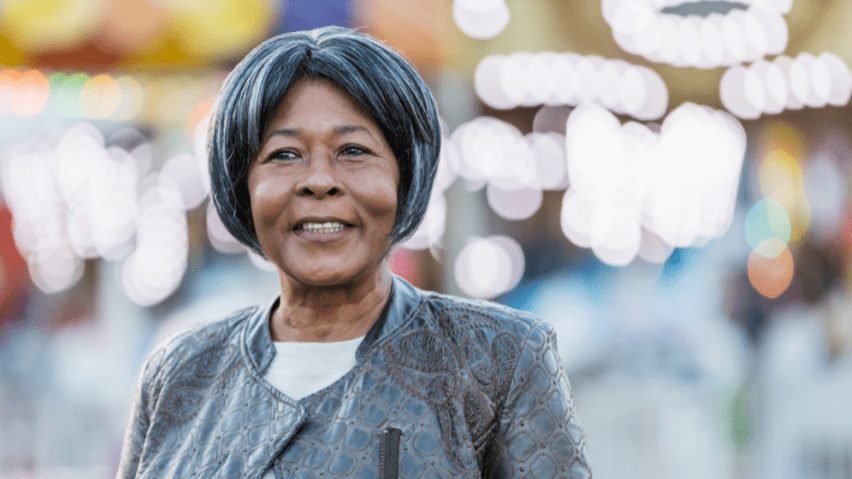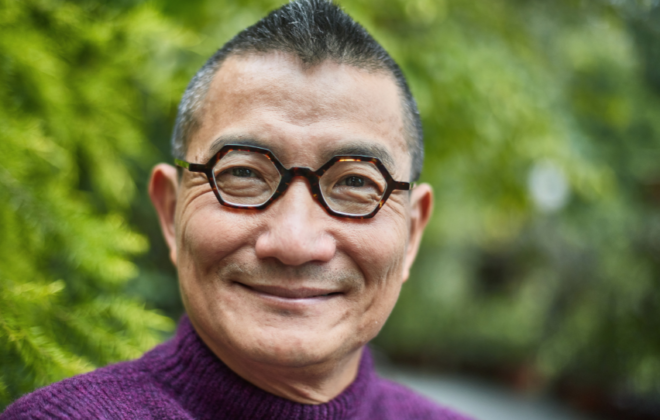Culturally Focused Dementia Care Needed for Canada’s Senior Immigrants
It all began when Navjot Gill’s grandmother started to mistake her for her aunt.
That’s what happens when you get older, said Gill’s family, but as time went on, it happened more often.
As a student studying dementia, Gill, who lives with her family in Hamilton, Ont., knew it wasn’t that simple — something more was going on and it was going to be hard on everyone.
For South Asian families, it’s understood that family takes care of its own. And it’s not uncommon for many to assume, said Gill, that when an elder first encounters symptoms of dementia, it’s just a normal part of aging — denial that is often driven by a lack of awareness and cultural stigma.
There’s no word for dementia in Gill’s mother tongue, Punjabi, and most of the resources she could find to share with her parents were in English and not culturally specific.
“I’m engaged in dementia research, I know these things, and even I’m not able to fully [explain it],” said Gill, who is 27 and now working on her PhD at the University of Waterloo. “It took a while to come to the point of this is not a normal part of aging … dementia is something that is outside the realm of normal.”
Dementia is an overall term for a set of symptoms, including memory loss and difficulty performing tasks, caused by disorders affecting the brain. Alzheimer’s is the most common type of dementia, with risk of developing the disease growing as people age.
Canada’s senior immigrant population now makes up over a third of the overall population of older people, and that has Gill and other advocates calling for more culturally appropriate care and dedicated dementia research to serve these individuals as they enter long-term care homes — to make the transition easier on the entire family.
Ngozi Iroanyah went through a similar experience when her father was diagnosed with dementia in 2007.
“My community is Nigerian and we also don’t talk about dementia, we don’t talk about seniors’ mental health. It’s heavily, heavily stigmatized,” she said.
Iroanyah said stigmatization can lead to isolation and discourage families from seeking the right treatments.
Who is going to be taking care of these older populations? – Ngozi Iroanyah, manager of diversity, Alzheimer Society of Canada
Having worked in health care for over two decades, and as manager of diversity and community partnerships with the Alzheimer Society of Canada, she knew what the next steps were, and even then, it was a “minefield,” she said.
“Then when you add the cultural piece on top of that, it was even more so: What do we do? What do we need? Where can we go? What are the supports? And there weren’t any supports,” said Iroanyah.
Supporting the older immigrant population
Organizations like the Alzheimer Society and the Research Institute for Aging recognize more work is needed to better understand and support the diverse needs of older adults with dementia.
Canada’s senior immigrant population is growing. According to Statistics Canada, in 2016, senior immigrants represented 31 per cent of the total senior population over age 65. Asia and Africa were among the top continents that sought immigration to Canada.
The Alzheimer Society estimates 500,000 people are living with dementia, a figure that is estimated to grow to 912,000 by 2030.
“Because we have an aging population that is more culturally, ethnically diverse and racially diverse, are we prepared in Canada? We see that our younger population is not increasing as plentiful, so who is going to be taking care of these older populations?” said Iroanyah.
She said the Alzheimer Society is developing more education and awareness resources for culturally diverse groups and their caregivers, as well as other groups that are underrepresented in dementia research, including the LGBTQ population and rural communities.
A BIPOC research program is also expected to launch this year, Iroanyah added, to support researchers who want to better understand the impacts of dementia within BIPOC populations.
“We need statistics, we need data and numbers to be able to understand what is happening, to be able to understand what these experiences are, and to be able to understand what the need is,” she said.
Specialized care programs uncommon
Finding culturally specific care and programs for Gill’s grandmother became an impossible task, she said. Nowhere could she find a place that would feel familiar.
“At one point I was looking at nursing homes, just to see, and there is no way my grandmum would be able to survive in that [environment] because everything would be alien to her,” she said, from language, to activities — even the food.
A spokesperson for the Ontario Ministry of Long-Term Care said in a statement that the province “realizes the importance of homes providing culturally specific services to meet the needs of their residents,” and though individual homes may choose to provide culturally specific services or programs, that information is not tracked by the province.
Of the 36 long-term care homes in the Waterloo-Wellington area, some have catered to the Mennonite community’s needs, said a spokesperson with Home and Community Care Support Services Waterloo Wellington. None, however, provide culturally specific care for Chinese, South Asian or Black residents — the region’s three most populous cultural groups.
“Co-ordinators work with patients and families to complete care needs assessments including determining what is important in individuals’ care experiences such as ethnocultural, language and religious aspects,” the spokesperson said, adding they can help find a more suitable care home elsewhere in the province.
For now, Gill is dedicating her studies to understanding the impacts of dementia within the South Asian community and their caregivers.
“The further you move from the GTA [Greater Toronto Area] the more scarce culturally appropriate services become and the South Asian community is the biggest visible minority according to Statistics Canada,” she said.
“I’m bilingual and can speak the local language, so I can use that to my benefit to interview people and remove that first barrier, where they might not participate in our research because they don’t speak English.”
Gill and her family are doing what they can to care for her grandmother at home, where she can stay in an environment that is familiar to her and communicate with people in her own language.
As she continues with her research, Gill hopes her work will bring more awareness and ultimately help support more older adults and their caregivers in her community.
Article originally appeared at: https://www.cbc.ca/
Author: Carmen Groleau
Learn More about Ageism and Intersectionality
View the resources from our MasterClass with Stephanie Lowrey-Willson by clicking here.





